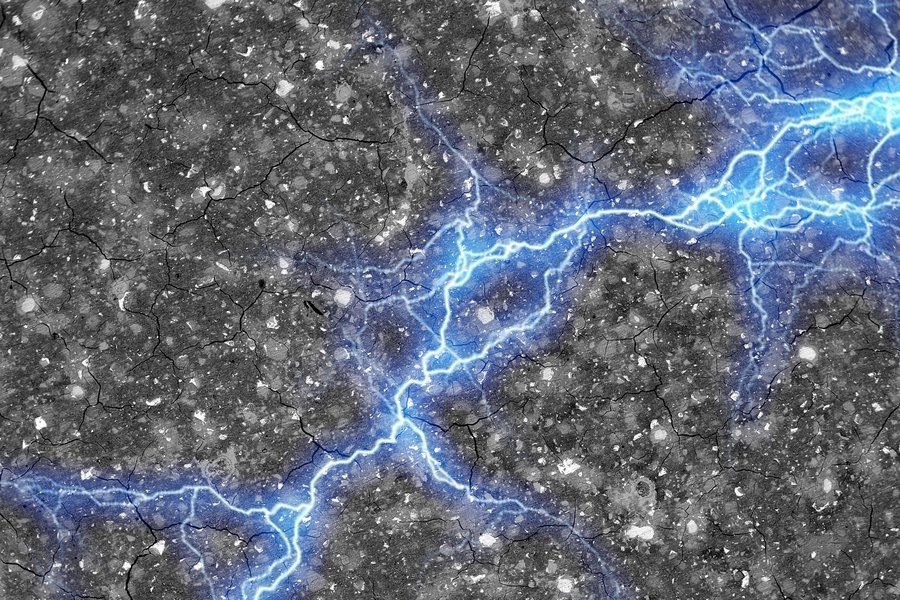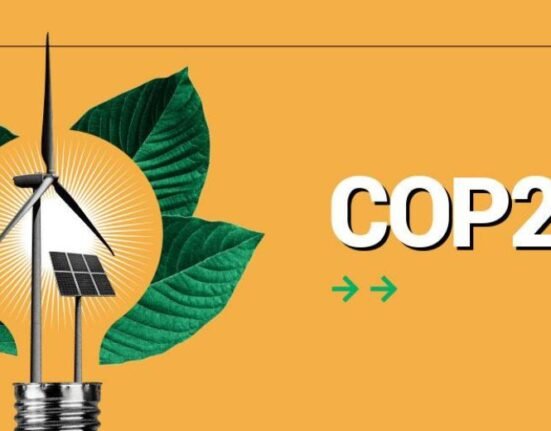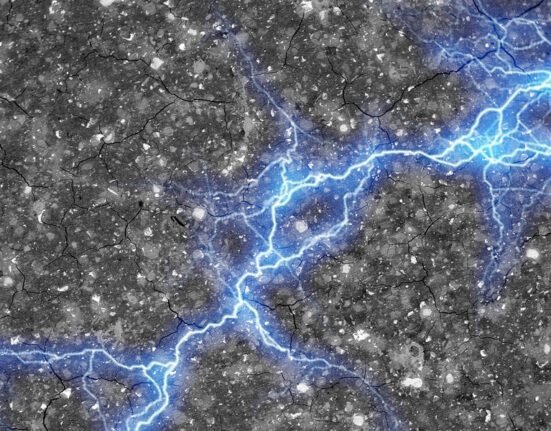HQ Team
August 1, 2023: Researchers from the Massachusetts Institute of Technology (MIT) have found that two common materials, cement and carbon black, hold the key to a novel and affordable energy storage system. The research, highlights how this technology could revolutionize the integration of renewable energy sources like solar, wind, and tidal power into existing energy networks.
The researchers combined cement, carbon black, and water to create a cement-based material with an incredibly high internal surface area, a property essential for efficient energy storage in supercapacitors. Supercapacitors are a promising alternative to conventional batteries as they can store exceptionally large charges and deliver energy rapidly when needed.
“This material is fascinating because you have the most-used manmade material in the world, cement, combined with carbon black, a historical material dating back millennia,” said Admir Masic, one of the MIT professors involved in the study. “When you combine them in a specific manner, you come up with a conductive nanocomposite, and that’s when things get really interesting.”
Supercapacitors
The researchers discovered that as the cement mixture cures, the carbon black self-assembles into a network of connected conductive wires within the material, providing an efficient means of accumulating charged particles. The resulting supercapacitors, formed by two electrodes separated by a thin space or insulating layer, exhibit impressive energy storage capabilities.
The potential applications of these cement-carbon black supercapacitors are vast. One exciting prospect is incorporating them into the concrete foundations of buildings, where they could store a full day’s worth of energy generated by solar panels or windmills, without compromising the structural integrity of the building.
Moreover, the researchers envision concrete roadways integrated with these supercapacitors, enabling them to store energy produced by solar panels alongside the road and wirelessly deliver it to electric vehicles as they travel. This contactless recharging system for electric cars could offer a seamless and sustainable solution for the growing adoption of electric vehicles.
“The beauty of this technology lies in its scalability,” stated Franz-Josef Ulm, another MIT professor involved in the research. “You can go from small button-cell-sized supercapacitors to larger versions, ultimately storing enough energy to power an entire house.”
Storage Solution
With the capacity to store large amounts of energy and quick charging and discharging rates, these supercapacitors hold tremendous potential to aid in the global transition to renewable energy. Winds, solar, and tidal power, which are the primary sources of emissions-free energy, often produce electricity at variable times that do not align with peak usage hours. As such, effective energy storage solutions are critical to ensure stable energy supply and reduce reliance on traditional batteries that rely on scarce materials like lithium.
As the world moves towards greener energy sources, this innovation could play a pivotal role in addressing the pressing need for large-scale and affordable energy storage solutions.
While the research is still in its early stages, the MIT team is already planning to build larger versions of the supercapacitors to demonstrate their capacity to power entire homes and potentially meet the energy demands of isolated communities far from grid power. As further advancements are made, this technology could pave the way for a greener and more sustainable energy future.
In 2021, researchers from Chalmers University of Technology showed electrical energy could be stored in concrete poured around carbon fiber mesh electrodes, with mixed-in carbon fibers to add conductivity. The MIT team as taken the concept forward.
The research is published in the journal PNAS.








